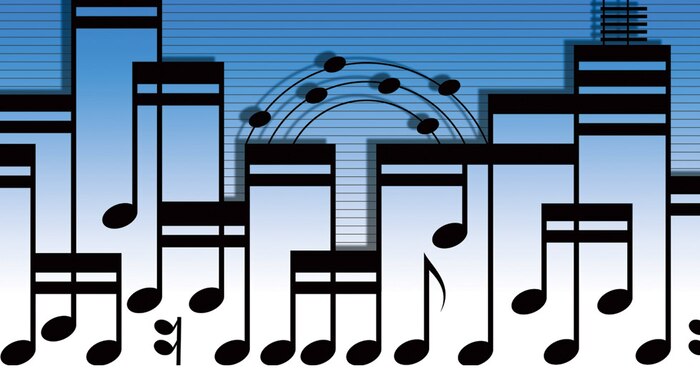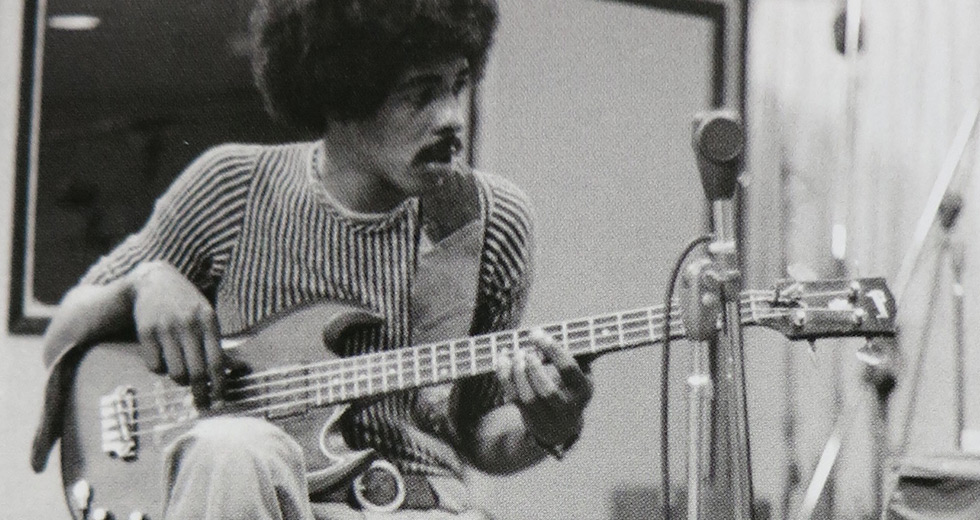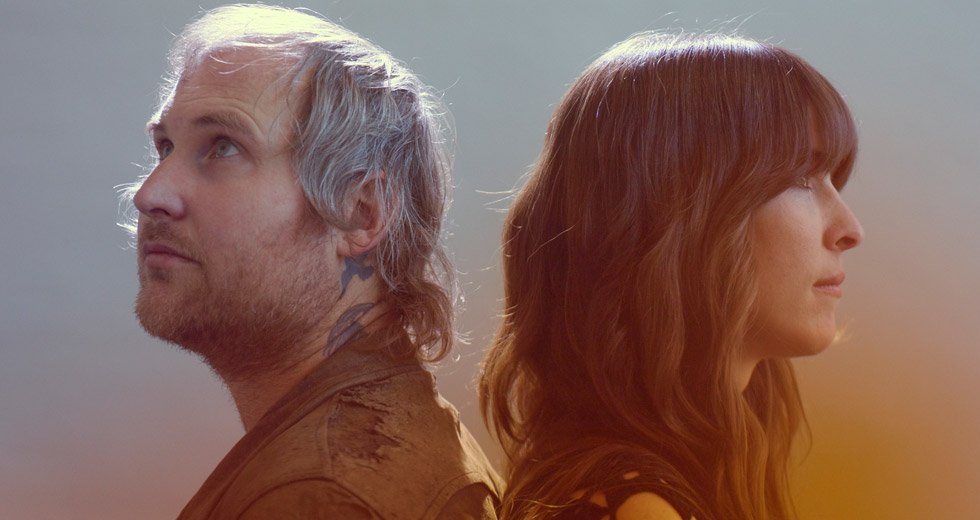New York Stories: Vijay Iyer
The jazz pianist tackles the question, “Are cities music?”

1.
For me, New York’s superpower is its chaos of interactions. It’s simple combinatorics: a city of eight million people can have nearly 32 trillion distinct one-on-one encounters. Think about that the next time you lock eyes with someone on the subway. You bump up against so many people that it feels inexhaustible; if you find this quality rejuvenating, you are officially a “city person.” It’s a setting in which certain kinds of artists thrive: those who play well with others and especially those who learn to harness the noise between people, the sounds and movements of those in their midst – and let it erupt through their work.
2.
How do you do that? You just wade right in to the froth of culture and let it rush over you; you cultivate new relationships and feature others alongside you. Music can contain the contributions of a multitude, reflecting and accommodating the communities in its sphere. A city is a place for collaboration.
3.
Sustained, rich, detailed collaborations create radical specificity in the city’s chaos of encounters. Charlie Parker and Dizzy Gillespie, John Lennon and Yoko Ono, Run-DMC, Eiko and Koma, Matt and Kim, Batman and Robin. In singling out and building on one (or at best, a handful) of our 32 trillion possible connections, such collaborations reveal how much can be made of any such human exchange. Confronted by this everyday abundance of ephemeral interactions, we learn to cherish the fact that anything substantial can take hold between individuals; it can seem, on balance, pretty miraculous.
A city is a place for collaboration.
4.
Over the last 20 years or so (including nearly 15 in New York), I’ve had the privilege of making a lot of music with a lot of different people, and I’ve also had the opportunity to study the cognitive science of music: how our bodies and minds perceive, process and generate musical actions. I’m no scientist nowadays, but I still speculate about how science might help us understand human things – the things we do together, the stories we tell about ourselves, what we find beautiful or necessary... In other words, things like music.
5.
There’s a movement toward a new “science of cities,” in which researchers scrutinize our urban centers both as networks, in the social sense, and as vast experiments in resource management. In these massive, noisy aggregates of people, capital and infrastructure, scientists and mathematicians are discovering predictable, systemic patterns.
6.
This new science of cities focuses less on a city’s chaos and more on its order: its sewer systems, energy grid, traffic flow. It’s all about the way we handle our desired and undesired fluids (traffic is also a fluid, in the physical sense); it’s about resource management, the flow of information, big-picture stuff. Most of the thinking in this new field tends to focus on our messes (plumbing, disease and so forth) or else with entrepreneurial “ideas” – that is, technological innovations and the wealth they are able to create. In the way these details interact, it is said, all cities are basically the same.
7.
Somewhere between our waste and our wealth lurks that nebulous thing called culture – the stories of ourselves, the things that give us specificity and humanness, that we gather for and rally around. But the new science of cities seems scarcely concerned with the culture of cities.
8.
It’s too easy to write off the arts as a mere footnote to questions of infrastructure and capital. But we know that culture provides a city with a very different kind of energy, which is not strictly entrepreneurial. Culture is what carries much of the city’s identity – it creates communities, it attracts people from elsewhere, it generates desire. To scientists of cities I ask: what can culture tell us?
9.
I ask because I am increasingly convinced that, at some level, the science of cities is equivalent to the science of music. Or, more to the point: cities are music. Cities exist because we – that is, “humankind” – are able to build things together, and music was among the first things we ever built together. The capacities to coordinate and synchronize our actions, to incorporate each other’s rhythms, to make choices together in real time – to groove and to improvise – these are human skills, not merely musical skills. These are the foundations of what is called civilization.
10.
For our species, this thing we call “music” is essentially the sound of ourselves – the joyful noise of people doing things together, the art of unsilent interaction. And we keep doing it not merely because we can, but because we like it – more accurately, we desire it. Desire doesn’t come from nowhere; nature uses it to trick us into doing something that will sustain the species. That’s what love is, for example. In other words, we evolved to like the stuff that music is made of. We selected for it; somehow, knowing how to listen to each other is a skill worth having.
11.
The music of New York is therefore the sound of people in New York – that much is clear. Cities are planned/composed spaces full of unplanned/improvised behavior, and so the music of cities is the sound of bodies navigating through systems of control. But what is that sound? Is it pretty, gritty, both, neither? And why?
We struggle to connect and sometimes, briefly, it happens.
12.
Let’s be honest: New York, like most cities, is as much about force, separation and concealment as it is about interactivity and sharing. Once you study how resources are managed, you notice that they are not allocated equally, and that racism and class hierarchy still govern the deployment of power and the distribution of capital. And you hear all of that in the musics of New York: the sound of defiance in the face of injustice (ever heard Dead Prez?) or, conversely, the sound of domination and excess (ever been to the opera?).
13.
New York is therefore the sound of uneven, uneasy intersections of peoples. It’s not a “mix of styles”; it’s an overlap of communities. It’s not a “fusion”; it’s juxtapositions, collisions, and ruptures. We don’t play “in a genre”; we play in the context of others, and we find ways to play with each other. We struggle to connect and sometimes, briefly, it happens. In time, these strategies become habitual, approaching something that might be called a “style,” but in a city, such patterns of behavior are in constant flux, continually disrupted by new and improvised encounters. The way to live in a city seems to be to allow this to happen as much as possible – to become, discover, transform.
14.
I think of the late great cornet player and composer Butch Morris (1947–2013), an American maverick who guided the creation of hundreds of thrilling collective experiences through the technique he pioneered, called Conduction. He used a baton and the techniques of an orchestra conductor to channel and amplify the noise, frictions, and static between people, their individual strengths and collective interactive capacities, and their human ability to listen to one another, make choices, and take action. In this way he helped whole multitudes of people build – from scratch, in real time – massive, extended edifices of sound. He called them skyscrapers.
15.
Are cities music? Sounds like Butch already answered my question.
A version of this article appeared in The Daily Note, a free daily newspaper distributed in New York during the 2013 Red Bull Music Academy. Header illustration: Timothy Goodman

